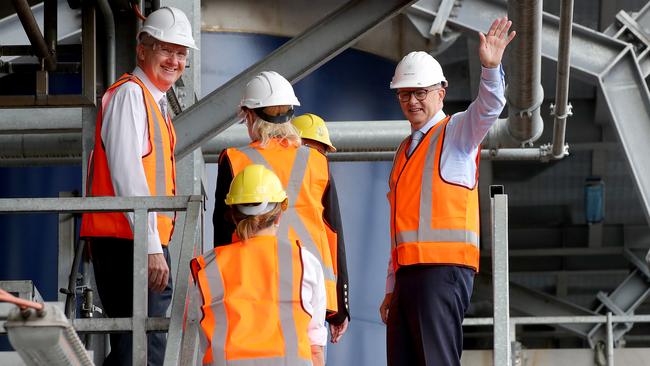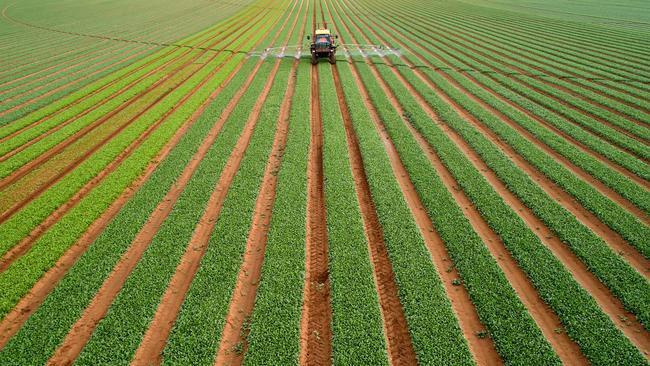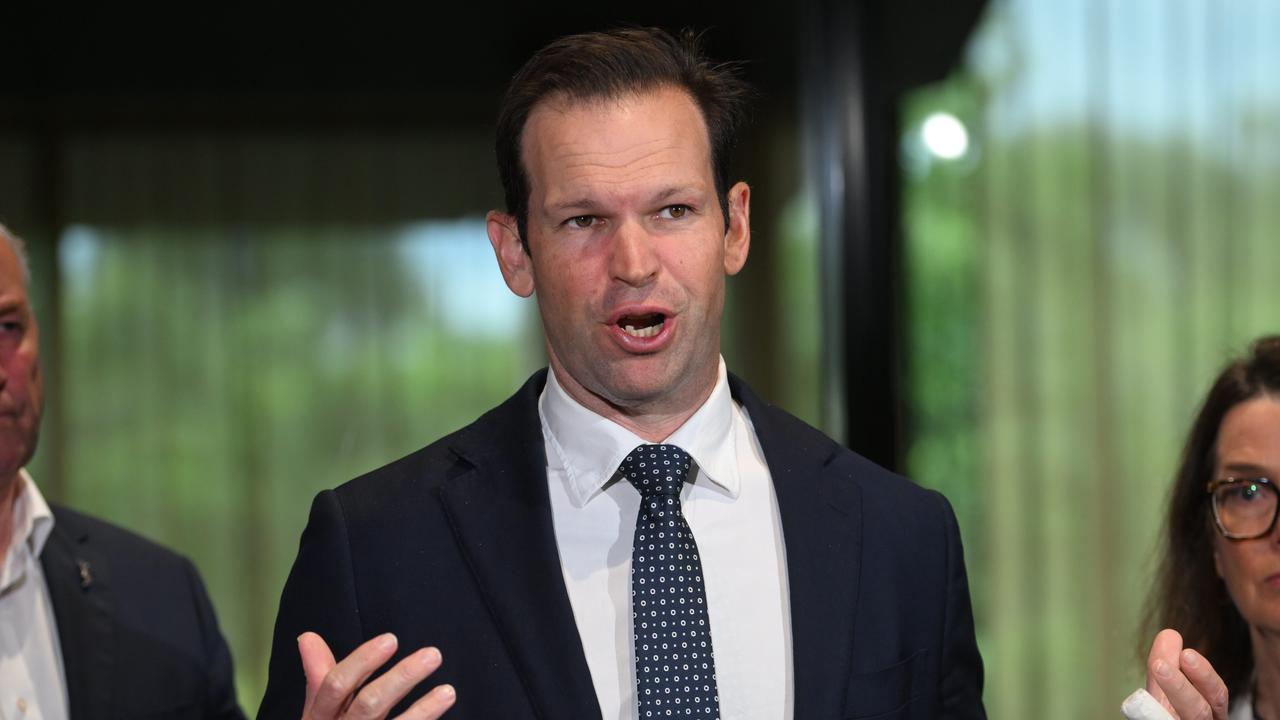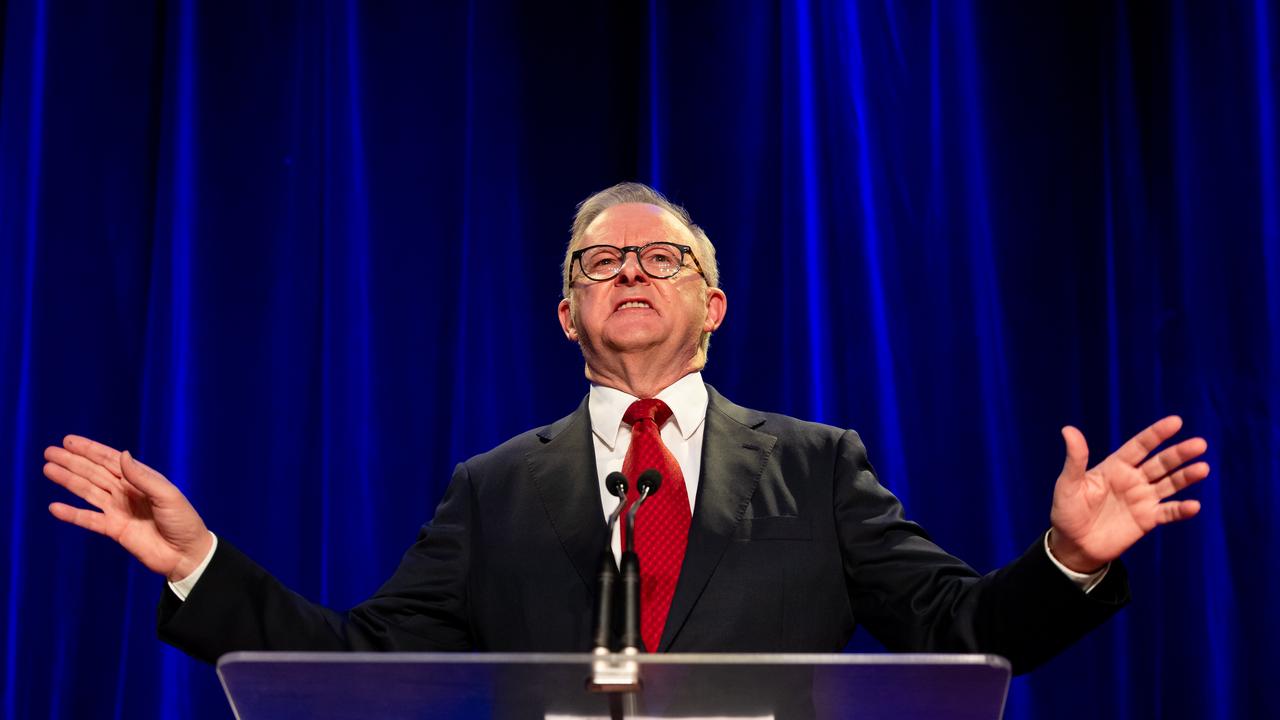Searchable list: Ag’s biggest political spenders
Agribusinesses and industry groups splashed $2.2 million on political parties in the lead up to the 2022 election. See who the biggest spenders were.

Agribusinesses and farm industry groups splashed $2.2 million on political parties in the lead up to the 2022 election.
The list of spenders includes familiar names such as Coles, Woolworths and Wesfarmers, as well as grower organisations and pastoral companies.
Victorian Farmers Federation president Emma Germano, whose organisation has not made a payment to a political party since 2004 according to AEC records, said donations were a challenging subject in the industry.
“Strategically, a political donation can certainly get you the opportunity to be in front of people that potentially you would not (otherwise),” she said.
Ms Germano said more transparency around donations was needed.
“I personally I think (political donations) fly in the face of what democracy is supposed to mean.
“If anyone is giving money somewhere, or paying money for something, that it should be very clear what they’re giving their money to,” she said.
Data from the Australian Electoral Commission shows Labor received $511,067; the Liberal party, $1,554,800; and the Nationals $167,800 from the agriculture sector in 2022. Payments took the form of donations and ‘other receipts’, which can include anything from the price to attend a party’s forums or dinner, loans, asset sales or membership fees.

Not all donations were declared. Parties are only required to declare payments over $14,500.
Total payments from the agriculture sector added up to more than $2.2 million, roughly equal to donations from the alcohol and gambling industry ($2.16 million, according to transparency advocacy group Our Democracy), and more than donations from the fossil fuel industry ($1.88 million).
The biggest single spend was $1 million by conglomerate Wesfarmers, which owns a group of fertiliser companies along with retailers such as Bunnings and Kmart, to the Cormack Foundation, the Liberal party’s fundraising and investment arm.
The multinational, along with flour miller and ethanol producer Manildra Group and Coles, all regularly contribute sums in excess of $100,000 to major political parties and last year was no exception.

Industry group spending in spotlight
Receipts show industry groups AUSVEG and Apple and Pear Australia made payments totalling thousands of dollars to both Labor and the Nationals last year, while the Australian Fresh Produce Alliance, Cotton Australia and the Australian Sugar Milling Council made payments to Labor only.
All of these payments were listed as ‘other receipts’.
The biggest political spend from a grower group was AUSVEG, with $15,950 to the ALP and $14,500 to the fundraising arm of the National Party.
An AUSVEG spokesman said the organisation did not use farmers’ levy funds to make the payments.
“The use of farmers levy funds for agri-political activity is strictly prohibited... AUSVEG has a range of revenue sources from other activities that it uses to fund agri-political activities, and does not use any levy funds for these activities,” he said.
The spokesman did not detail how the funds were spent, but said “in the lead-up to last year’s federal election, AUSVEG participated in business forums with a variety of parties to raise the issues that were important to its grower members”.
APAL, which paid $14,500 to the ALP and $14,500 to the Nationals, said the money spent was “derived from commercial activities” and was used “to engage in policy debate with the main political parties” at forums.
AFPA chief executive Claire McClelland declined to comment on why the group directed $23,500 to Labor and no funds to other parties, but said the member-based body “undertakes a range of engagement with industry, all levels of government, and retailers in order to move issues forward”.
Cotton Australia did not say where exactly its $5500 spend on the Queensland branch of the ALP went, but said in a statement “Cotton Australia advocates on behalf of its growers in many ways including through business and corporate partnership programs with the main political groups in Queensland.”
Cotton Australia advised it also made a payment of $5500 to the Liberal National Party of Queensland in 2021-22. This receipt was shown in data from the Electoral Commission Queensland, which requires all donations more than $1000 to be declared.
Donor featured on campaign trail
One of the biggest donors featured on both Labor and Liberal campaign tours in the lead-up to the federal election.
Manildra Group’s Shoalhaven Starches plant, in the marginal NSW electorate of Gilmore, was the backdrop for campaign announcements by both major parties.
The plant, which isAustralia’s leading producer of ethanol, was the site of Prime Minister Anthony Albanese’s announcement of an as-yet-unallocated $15 billion National Reconstruction Fund for renewables and domestic manufacturing.
The company - which spent $260,000 in 2022, compared to $160,000 in 2019 - was also promised $85 million towards a gas-fired cogeneration plant by the Liberal Party before the party lost office.
In Western Australia, multinational Perdaman Group, which donated $38,500 to the Labor Party ahead of the federal election, was announced as the recipient of a $255 million infrastructure investment in the lead-up to the election. In September, it received an additional $220 million loan from the Northern Australia Infrastructure Facility.
Independents and minor parties received some funds
A smattering of unsuccessful independents and minor party candidates also received donations from producers and pastoral companies, including independent Robert Priestly, who lost the campaign to take Nicholls to Nationals MP Sam Birrell, teal candidate for Cowper Carolyn Heise, and the United Australia Party.
According to the AEC’s data, the Australian Greens did not receive any funds from major agriculture players.





